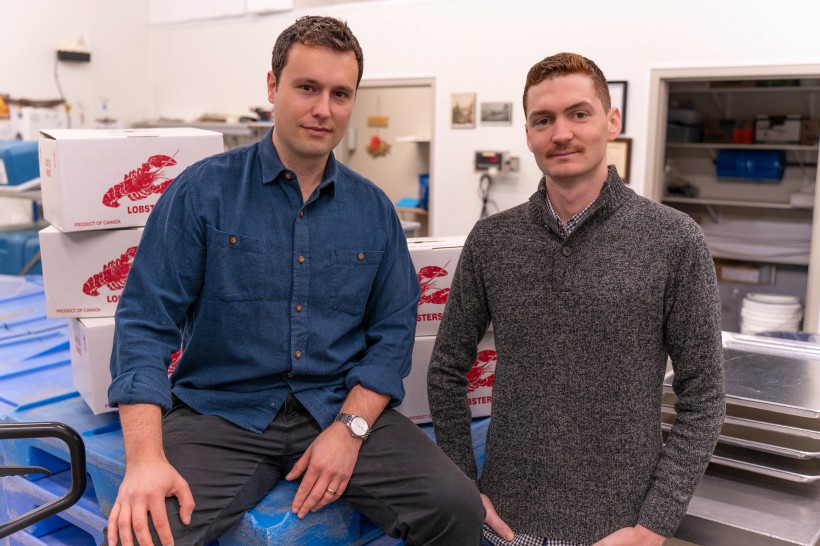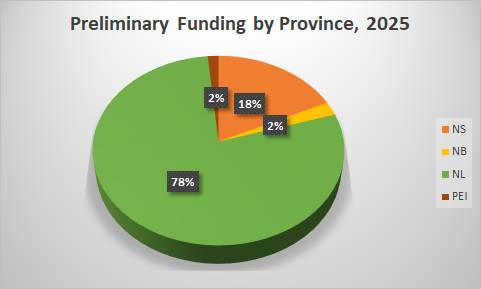As it moves on from the Genesis Centre at Memorial University, environmental monitoring startup EMSAT Corp. is also moving on from the product development phase of its growth to focus on sales, marketing and business development.
Last week, the startup graduated from the Genesis Centre, Memorial’s incubation facility for high-growth, technology-based ventures, and now has its own office in downtown St. John’s. And it is in the final month of Phase 2 of its pilot project with a major Albertan client. The project is going well and the company is looking for new opportunities.
“This year is our year for business development and revenue generation,” said CEO Dan Brake in an interview the day after the graduation. “Until now we’ve been developing the product, we were more in research and development. … Our focus is changing now to commercial application.”
EMSAT has developed software to analyze in real time environmental data picked up by sensors placed near industrial sites, pipelines, and the like. By placing sensors in and around a site just about anywhere, EMSAT can collect data on such environmental factors as levels of carbon dioxide, sulphur oxides, nitrous oxides or particulates, whether in the air, soil or water.
The company can transmit the data by land line, cellular or satellite communication. EMSAT analyzes them and presents charts, graphs or raw numbers, as the customer requires. Brake often refers to the company’s product as “an ADT system for the environment.”
What’s kept the company busy is its pilot project with Alberta Innovates - Technology Futures, or AITF, which supports research and innovation in the western province. A year ago, EMSAT completed Phase 1 of the project, which involved developing an interface for an integrated carbon capture and storage monitoring system.
In Phase 2, EMSAT and AITF are working to implement the remaining components of the solution, which will result in a system for real-time measurement and monitoring of a geological CO2 storage site.
“The pilot project represents a unique application of EMSAT’s technology and will help to launch EMSAT commercially,” said the Genesis Centre in a statement last week.
During that time, the company has focused on improving the user interface of the product, and it has grown the team, pretty well doubling the staff to six. The company has yet to raise outside equity capital, and Brake and his team have no plans to do so now.
As he looks to the near future, Brake knows the company will look at providing solutions for other industries as well as the energy sector, and is also looking at other geographic locations – especially the Arctic. “There’s also a lot more happening on the east coast than when we started,” he added.








